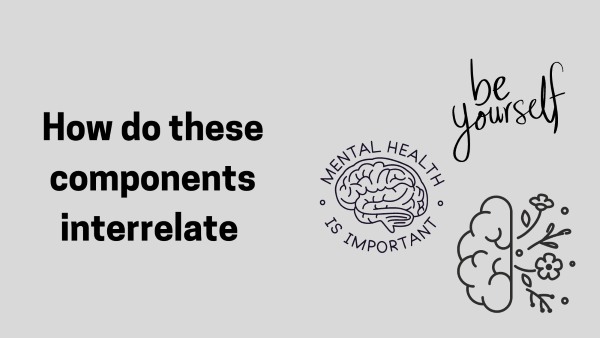
How do these components interrelate and contribute to overall well-being?
- Physical Health: The Foundation of Well-Being
- Mental Health: The Power of a Healthy Mind
- Emotional Health: Navigating Feelings and Relationships
- Spiritual Health: Finding Purpose and Meaning
- The Synergy of Holistic Wellness
- Practical Steps to Integrate Holistic Wellness
Introduction
Holistic wellness is a multidimensional approach to health that acknowledges the connections between many facets of an individual’s well-being. We may establish a well-rounded and satisfying existence by comprehending how these elements interact and enhance general well-being.
This article examines how total well-being is enhanced by the synergistic interaction between physical, mental, emotional, and spiritual health.
1. Physical Health: The Foundation of Well-Being
Holistic well-being is based on physical well-being. It includes preventative healthcare, enough sleep, a balanced diet, and frequent exercise. Physical and mental health are strongly related since having a strong, healthy body provides the strength and resilience to overcome life’s challenges.
2. Mental Health: The Power of a Healthy Mind
Cognitive processes like reasoning, memory, and problem-solving are all part of mental health. A healthy mind facilitates stress reduction and sound decision-making. Emotional equilibrium and physical well-being depend on mental clarity and concentration. Mental health may be improved by engaging in activities like mindfulness, meditation, and cognitive exercises.
3. Emotional Health: Navigating Feelings and Relationships
Emotional intelligence involves recognizing and managing emotions. It impacts our capacity to manage stress, make choices, and engage with others. Better mental and physical health, as well as healthier relationships, are correlated with positive emotional health. Methods, including emotional intelligence training, counseling, and journaling, may promote emotional well-being.
4. Spiritual Health: Finding Purpose and Meaning
Spiritual wellness requires a feeling of direction and a connection to something bigger than oneself. It may be fostered by routines like prayer, meditation, and time spent in nature. Being spiritually well-adjusted gives mental and emotional health a greater sense of purpose and lessens feelings of loneliness.
5. The Synergy of Holistic Wellness
Holistic health shines in the interplay between its elements. For instance, regular exercise generates endorphins, which lift spirits and enhance mental clarity while strengthening the body. Reducing stress-related disorders is one way that emotional resilience may improve physical health. Spiritual activities can help someone feel centered and grounded, which promotes emotional and mental stability.
6. Practical Steps to Integrate Holistic Wellness
• Exercise Frequently: To improve your physical and emotional well-being, take up physical activities you love, including dance, yoga, or walking.
• Consume a Well-Balanced Diet: Prioritize wholesome foods that support your body and mind.
• Make mindfulness a habit: Use mindfulness practices to improve emotional equilibrium and mental clarity.
• Seek Support: Assemble a solid support system of friends, relatives, or a community that shares your emotional and spiritual requirements.
• Put Self-Care First: Schedule time for soul-nourishing pursuits like reading, hobbies, and time spent in nature.
Conclusion
The integrated, holistic wellness approach strongly emphasizes striking an equilibrium between spiritual, mental, emotional, and physical health. We may establish a more balanced and satisfying existence by comprehending how these elements interact and enhance general well-being. Adopt the holistic wellness tenets to lead a well-rounded and wholesome lifestyle.
